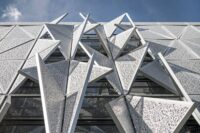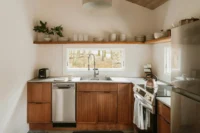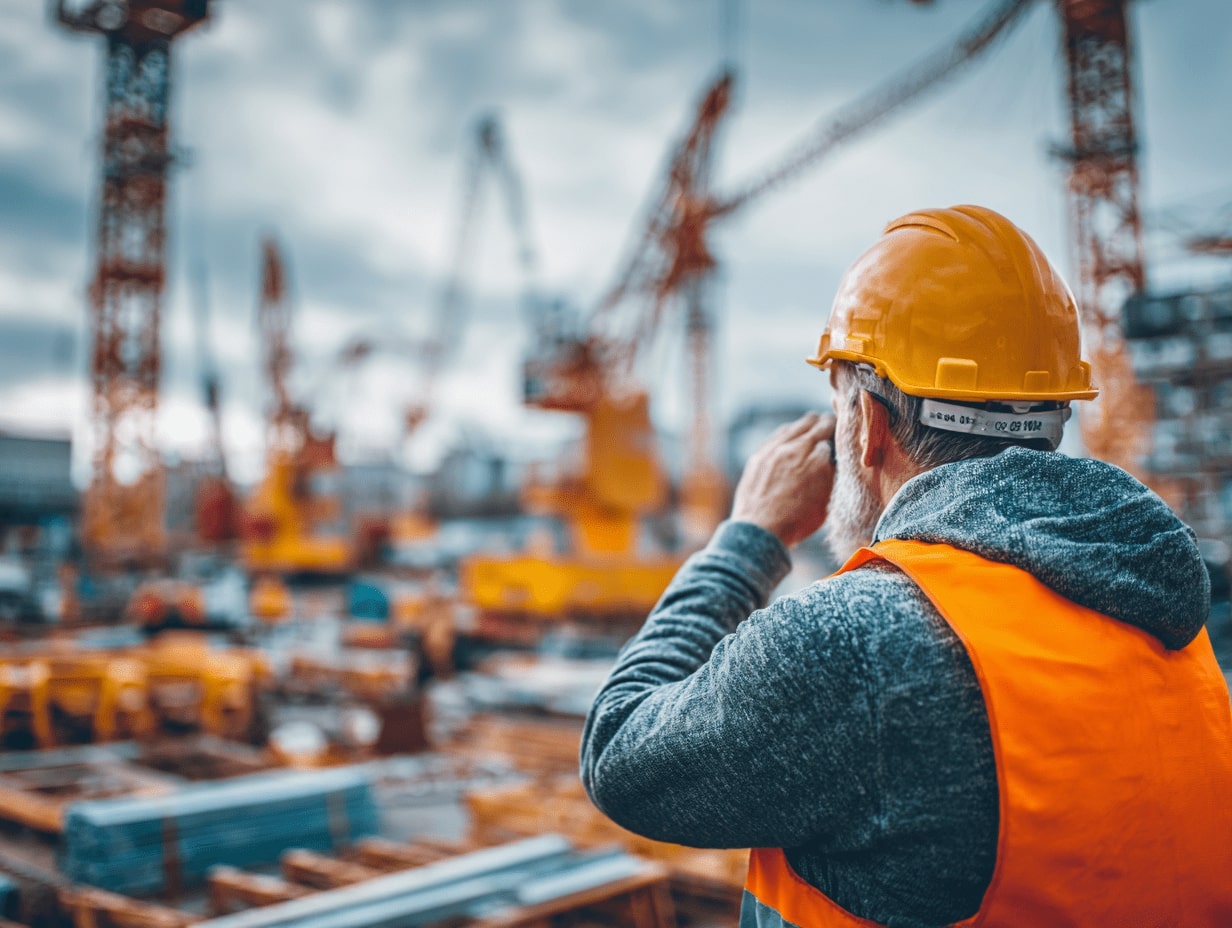- Home
- Articles
- Architectural Portfolio
- Architectral Presentation
- Inspirational Stories
- Architecture News
- Visualization
- BIM Industry
- Facade Design
- Parametric Design
- Career
- Landscape Architecture
- Construction
- Artificial Intelligence
- Sketching
- Design Softwares
- Diagrams
- Writing
- Architectural Tips
- Sustainability
- Courses
- Concept
- Technology
- History & Heritage
- Future of Architecture
- Guides & How-To
- Art & Culture
- Projects
- Interior Design
- Competitions
- Jobs
- Store
- Tools
- More
- Home
- Articles
- Architectural Portfolio
- Architectral Presentation
- Inspirational Stories
- Architecture News
- Visualization
- BIM Industry
- Facade Design
- Parametric Design
- Career
- Landscape Architecture
- Construction
- Artificial Intelligence
- Sketching
- Design Softwares
- Diagrams
- Writing
- Architectural Tips
- Sustainability
- Courses
- Concept
- Technology
- History & Heritage
- Future of Architecture
- Guides & How-To
- Art & Culture
- Projects
- Interior Design
- Competitions
- Jobs
- Store
- Tools
- More
Understanding Slab Leveling in Modern Architecture: Techniques, Benefits, and Best Practices
Discover the importance of slab leveling in modern architecture. From structural integrity to aesthetic appeal, learn how precision techniques, advanced tools, and high-quality materials ensure safety, durability, and functionality. Explore solutions to common challenges and technologies like laser-guided systems that redefine accuracy in construction practices.

When it comes to modern architecture, precision isn’t just a goal—it’s a necessity. One crucial element that often goes unnoticed but plays a vital role in structural integrity is slab leveling. Whether it’s a residential home or a towering skyscraper, a perfectly leveled slab lays the foundation for safety, durability, and aesthetic appeal.
We’ve all seen the consequences of uneven surfaces—cracks, structural instability, or even water pooling. Slab leveling ensures these issues are avoided, creating a seamless base for construction. With advancements in technology and materials, understanding the process behind slab leveling has become more important than ever for architects, builders, and homeowners alike.

Table of Contents
ToggleThe Importance Of Slab Leveling In Modern Architecture
Slab leveling ensures structural stability by distributing weight evenly across the foundation. Uneven slabs compromise the load-bearing capacity of a building, increasing the risk of structural failure, particularly in multi-story constructions.

Level surfaces enhance the longevity of materials. Uneven slabs lead to stress concentrations and cracks, reducing the durability of walls, floors, and other connected components. Proper leveling minimizes maintenance costs over time.
Accurate slab leveling supports the functionality of modern building systems. For example, HVAC installations, plumbing networks, and electrical conduits depend on level foundations to function without disruptions.
Aesthetics in architectural design rely on correctly leveled slabs. Misaligned floors affect the appearance of interiors, rendering features like cabinetry, partitions, and decorative elements uneven. Leveling ensures a seamless finish.
Slab leveling prevents water-related damage. Uneven surfaces often result in water pooling, leading to material erosion, mold growth, and structural degradation in moisture-prone areas.
Technological advancements in slab leveling improve accuracy. Laser-guided systems and self-leveling compounds enable us to achieve greater precision while reducing the time and labor involved.
Understanding the significance of slab leveling allows architects, contractors, and homeowners to prioritize this critical step, ensuring modern structures are safe, durable, and visually appealing.
Key Principles Of Slab Leveling
Effective slab leveling relies on precision and adherence to key principles that enhance a building’s structural performance and aesthetic value. These principles guide every phase, from design to execution.

Ensuring Structural Integrity
Accurate slab leveling allows for equally distributed loads, minimizing stress points and preventing structural weaknesses. Uneven slabs create vulnerabilities that lead to cracks and potential foundation failure. A level foundation supports the safe construction of multi-story buildings by balancing vertical and lateral forces.
We focus on proper material selection, such as high-quality concrete and self-leveling additives, to maintain stability over time. Advanced tools like laser-guided systems enable measurements within millimeter accuracy, reducing human error and ensuring consistent outcomes.
Achieving Aesthetics And Functionality
Well-leveled slabs contribute to seamless interior and exterior designs. They ensure elements like flooring, cabinetry, and windows align perfectly, enhancing visual consistency. Functionally, level slabs support efficient operations of systems such as plumbing and HVAC, which rely on precise grades for optimal performance.
Incorporating self-leveling compounds and surface treatments refines surface smoothness, reducing inconsistencies that may impact decorative finishes. These methods ensure modern structures remain visually appealing and operationally efficient.
Techniques Used In Slab Leveling
Slab leveling combines traditional craftsmanship with advanced technology to achieve precision. These methods ensure balanced surfaces for structural integrity and aesthetic perfection.

Traditional Methods
Traditional methods rely on tried-and-true techniques for slab leveling. Manual leveling involves using tools such as spirit levels, straightedges, and wedges to smooth and balance concrete surfaces. Contractors distribute and compact wet concrete using hand or vibrating screeds, ensuring consistency during the curing process. These practices demand skilled labor and attention to detail to prevent irregularities.
Stake-driven leveling uses physical markers, like wooden stakes, to establish reference points for the slab height. Workers align material layers according to these guides, particularly effective for small-scale projects. Tamping rods and bull floats also play critical roles in compressing and smoothing wet concrete.
Mudjacking addresses uneven existing slabs. This approach injects a cement-based slurry beneath the slab, restoring its position through controlled pressure. Though labor-intensive, it’s cost-effective and reliable for minor level corrections.
Modern Innovations
Modern innovations have improved slab leveling significantly. Laser-guided systems provide unmatched accuracy, using laser beams to establish precise reference planes. As we position and adjust materials, these systems detect irregularities and ensure uniform elevation over large areas.
Self-leveling compounds simplify surface treatments. Applied over existing slabs, these materials spread evenly under gravity, creating smooth finishes ideal for interior installations or refinishing. Builders prioritize these compounds for time-sensitive projects.
Foam leveling techniques involve injecting polyurethane foam beneath the slab. This lightweight material expands, filling voids and lifting the slab into position. The method combines precision with efficiency, particularly for rehabilitating large areas.
Additionally, GPS-enabled leveling machinery automates concrete spreading and smoothing. Operators achieve consistent results quickly, reducing human intervention. Computer-controlled screeds and finishing equipment minimize errors, bolstering safety and quality in large-scale commercial projects. Optical sensors enhance performance further when integrated into automated systems.
Challenges In Slab Leveling
Slab leveling in modern architecture involves precision, but various challenges can impact the process. Addressing these issues is essential to achieve structural stability and aesthetic quality.

Common Issues Faced
-
Subgrade Instability
Subgrade shifts or settles unevenly, causing inconsistent slab support. Variations in soil compaction levels or expansive soils exacerbate this problem. As a result, slabs crack or sink, leading to costly repairs.
-
Material Inconsistencies
Material mixtures, such as concrete with improper proportions of cement and aggregates, weaken slabs. Non-uniform curing causes uneven drying, resulting in warping or cracking.
-
Environmental Factors
Weather conditions like extreme temperatures and high moisture levels affect the curing process. Rapid drying from heat causes cracks, while excess water in concrete mixes weakens the structure.
-
Human Errors
Poor workmanship, inaccurate measurements, or improper tool usage leads to uneven surfaces. Failing to use advanced technologies like laser-guided systems diminishes precision.
Solutions And Best Practices
-
Improving Subgrade Preparation
Thoroughly compact subgrades and use geotextiles or graded aggregates to stabilize the base. Conduct soil testing before slab installation to address expansive soils.
-
Ensuring Consistent Material Quality
Use standardized concrete mixes certified for structural applications. Incorporate additives to enhance performance under varying conditions, such as plasticizers or accelerants.
-
Adjusting For Environment
Plan slab pours when temperatures are moderate to minimize curing issues. Employ moisture-retaining barriers or curing compounds to prevent premature drying.
-
Utilizing Advanced Tools And Techniques
Adopt laser-guided leveling systems and automated machinery for accuracy. Include self-leveling compounds for surface refinement, enhancing aesthetic and functional appeal.
Focusing on these strategies overcomes common leveling challenges, ensuring long-term structural integrity and performance.
Advances In Technology For Slab Leveling
Technological progress has transformed slab leveling, offering greater precision, efficiency, and reliability. Sophisticated tools and materials now enhance construction quality, addressing challenges in modern architecture.

Role Of Laser Tools
Laser tools revolutionize slab leveling by delivering unparalleled accuracy. Laser-guided systems, such as rotary lasers and laser levels, create reference points across large areas, ensuring consistent elevation. These tools reduce human error by providing real-time feedback during leveling, which enhances efficiency and precision. Builders rely on laser screeds to automate the leveling process, aligning surfaces with tight tolerances even in expansive projects. Using these technologies minimizes rework, saving time and costs while ensuring structurally sound and visually flawless slabs.
Importance Of Material Selection
Selecting high-quality materials plays a critical role in achieving durable and level slabs. Self-leveling compounds, engineered for modern needs, simplify the process by spreading evenly, creating smooth surfaces with minimal manual intervention. Specialized concrete mixes with additives, such as polymer modifiers, improve flowability and resistance to cracking. Utilizing materials compatible with advanced tools ensures optimal results, especially when addressing site-specific challenges like moisture levels or load-bearing requirements. Precise material selection supports long-term performance, reduces maintenance demands, and enhances both structural stability and aesthetic appeal.
Conclusion
Slab leveling remains a cornerstone of modern architectural practices, ensuring safety, durability, and aesthetic excellence across diverse projects. By leveraging traditional methods, advanced tools, and high-quality materials, we align construction processes with contemporary demands for precision and efficiency. Addressing challenges such as subgrade instability and material inconsistencies strengthens the foundation for long-term performance and visual appeal.
Advancements in technology, like laser-guided systems and GPS-enabled machinery, have redefined accuracy and streamlined operations. These innovations minimize errors while optimizing time and resources in large-scale applications. Integrating self-leveling compounds and enhanced concrete mixes adds further reliability, meeting the functional and aesthetic expectations of cutting-edge architectural designs.
Through a careful understanding of these processes, we enhance not only the structural integrity of our buildings but also their ability to accommodate modern systems and design elements. This focus solidifies slab leveling as a pivotal element in achieving architectural excellence.
- advantages of slab leveling
- architectural slab leveling
- benefits of slab leveling
- best practices in slab leveling
- concrete slab leveling
- cost of slab leveling
- foundation leveling methods
- importance of slab leveling
- methods for leveling slabs
- modern architecture slab leveling
- modern slab leveling solutions
- slab foundation repair
- slab leveling contractors
- slab leveling equipment
- slab leveling for architects
- slab leveling for construction
- slab leveling innovations
- slab leveling process
- slab leveling services
- slab leveling techniques
Submit your architectural projects
Follow these steps for submission your project. Submission FormLatest Posts
Why Legal Support Is Critical After a Serious Construction Accident
If you are dealing with a construction accident or have ever watched...
7 Common Myths Every Contractor Should Stop Believing
The construction landscape is a complicated place at the best of times,...
Automation in Construction: Why Human Safety Still Matters
Automation in construction can cut injuries, but new risks emerge. Learn practical...
The Beauty of Temporary Buildings: Why Ephemeral Architecture Captivates Us
Explore the beauty of temporary buildings with design principles, sustainable materials, and...












Leave a comment